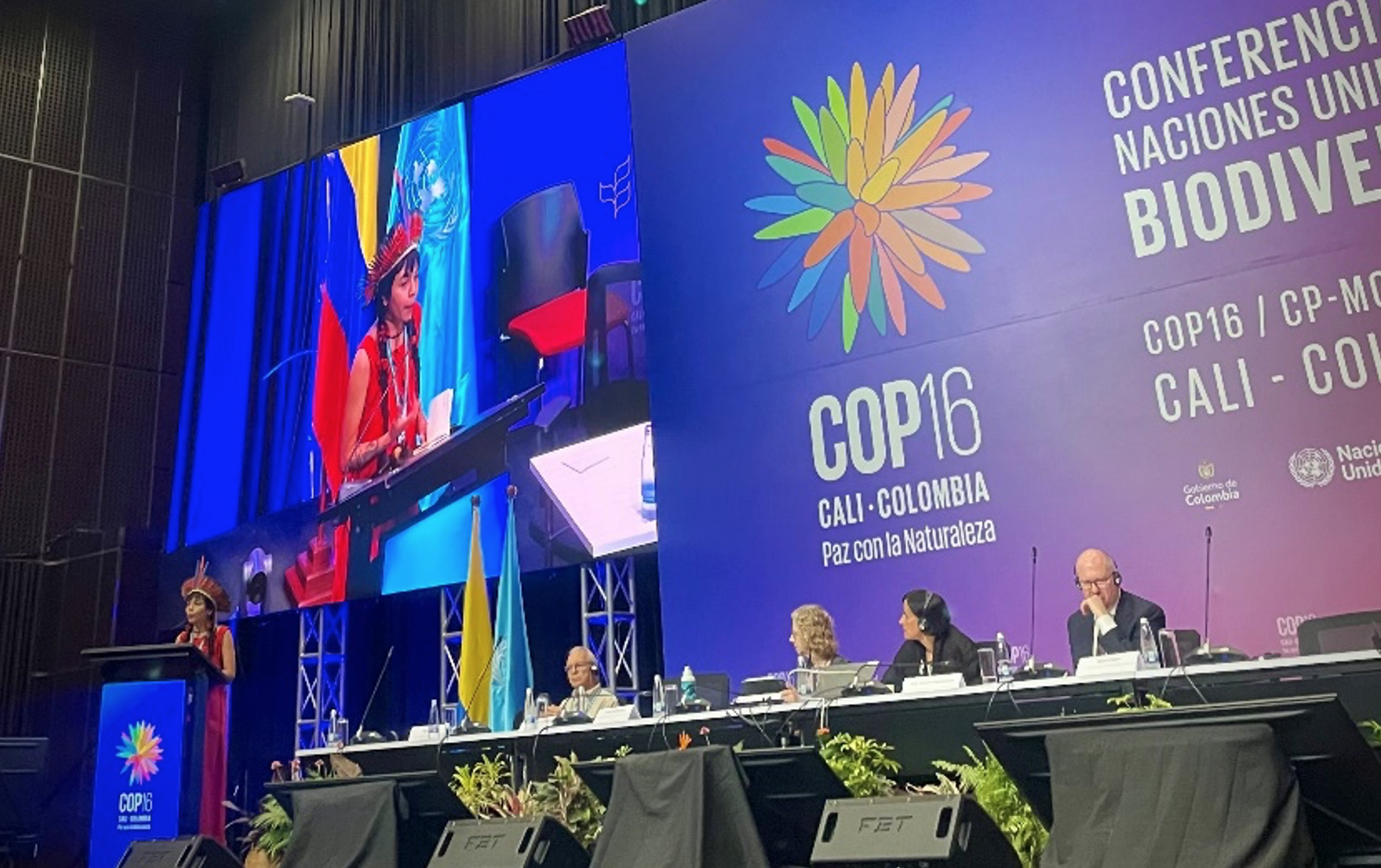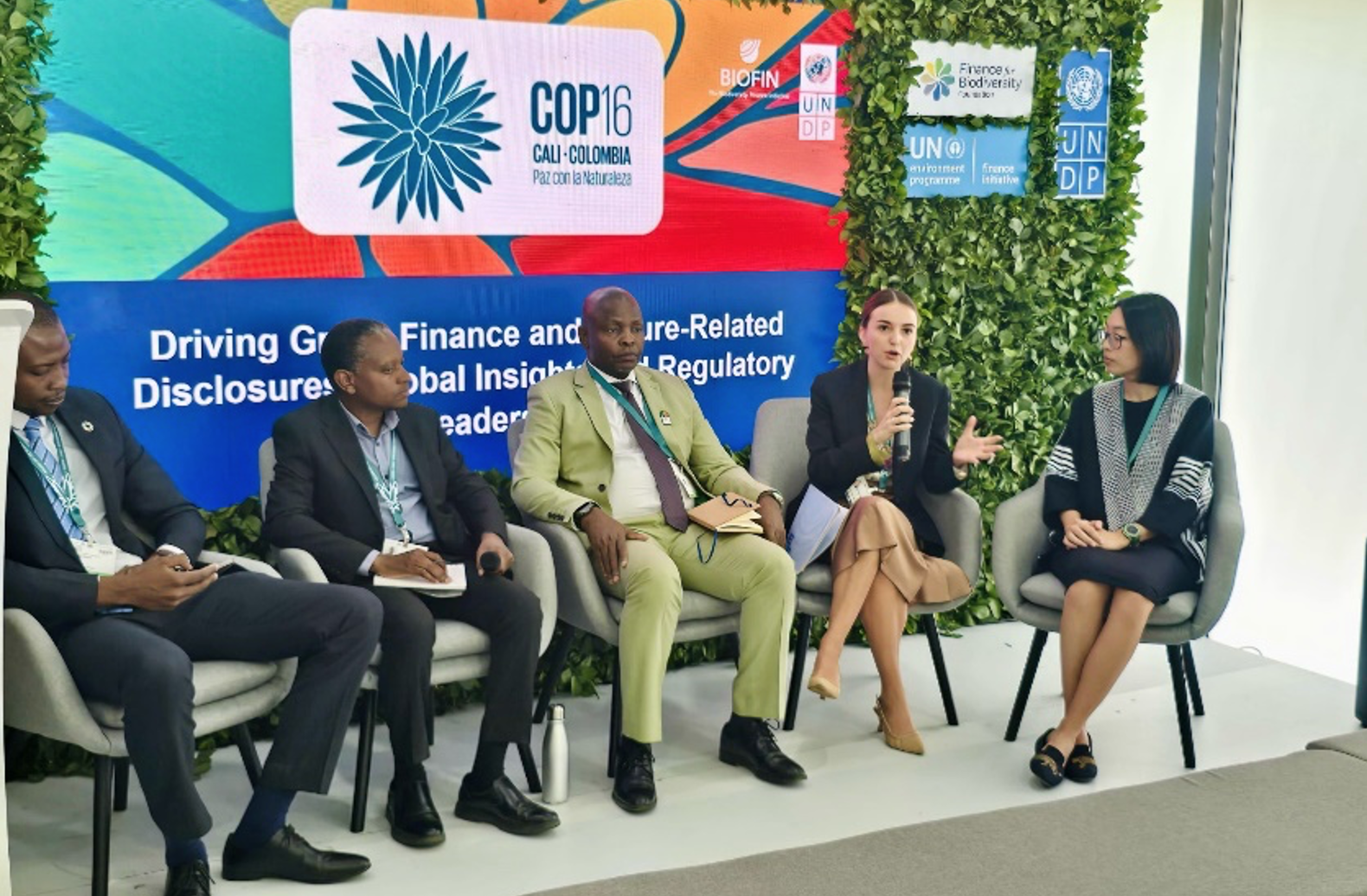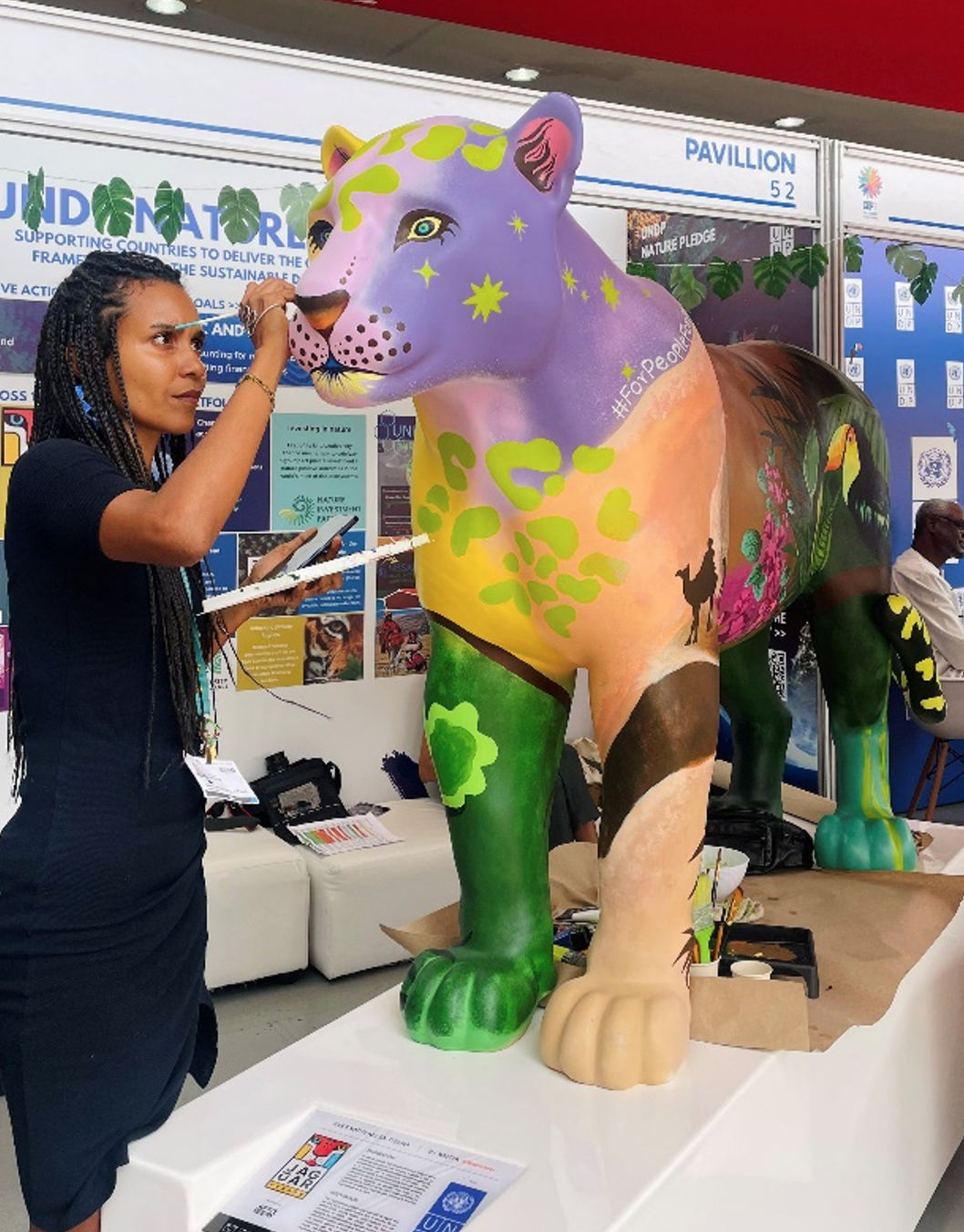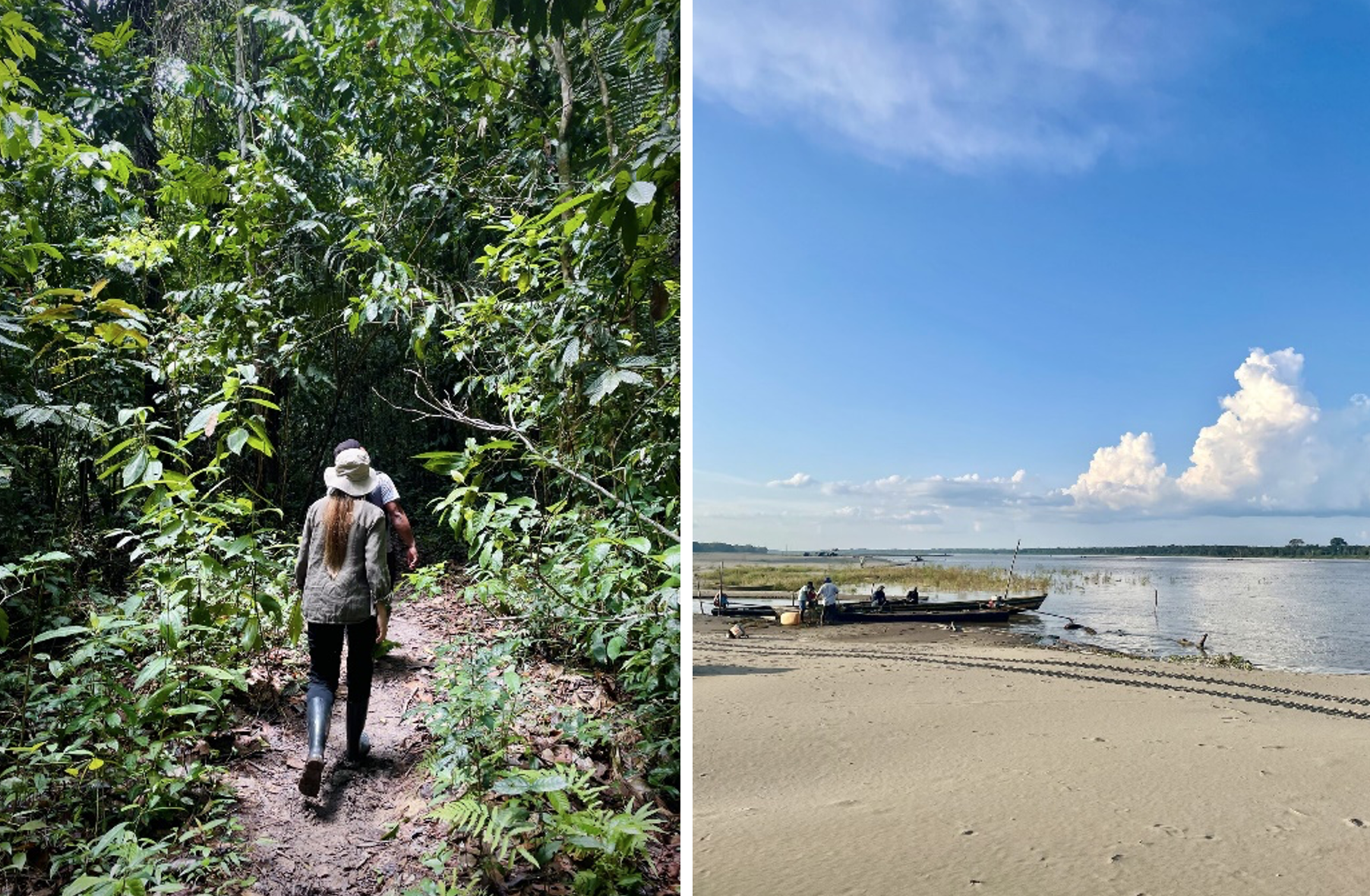Looking back, moving forward: reflections on COP16 and the road ahead for nature finance
On my first visit to the Amazon rainforest late last year, I was overwhelmed by the beauty and biodiversity I was surrounded by. On the river with local guides though, I witnessed the impacts that drought is having on ecosystems and local communities. Water levels were at a record low, and on both sides, sand banks usually brimming with life, lay exposed and bare.
It made me consider how this imperiled corner of the Amazon was the embodiment of the global challenges at the heart of the Biodiversity COP16 – which I had just attended in Cali before heading to the rainforest.
Prolonged droughts linked to climate change were already impacting Indigenous Peoples and local communities, causing biodiversity loss, dwindling fish catch and rising fuel costs. All brought home the reality that the planetary crises we’re confronted with stem from market failures that assign little or no economic value to natural capital.
And the solutions must then lie in shifting our economic choices towards a more accurate valuation for nature – a nature-positive global economy.
The Biodiversity COP 16 brought together practitioners, policymakers, civil society, Indigenous Peoples and Local Communities, to collectively advance a nature-positive future. As part of UNDP’s Nature Finance team, I joined and contributed to COP16 conversations and learning exchanges committed to transforming the way we value and invest in nature.
A few months on, with the conclusion of the latest round of negotiations and major wins for Nature secured in the Rome negotiations, here are some reflections that I think we should reflect on moving forward.
Nature Finance is a bridge with many pillars
Mobilizing finance for nature demands a holistic approach. As we explored during our sessions, I often felt the need to remind myself and others how nature financing resembles the construction of a bridge—each pillar, including public finance, private investment, enabling policy, and community engagement, is essential. If one support falters, the whole structure is at risk. Discussions at COP16 underscored the need for innovative solutions that integrate these components in line with national biodiversity strategies and action plans.
Work with the custodians of nature
Indigenous Peoples and local communities must be central to any process that designs potential solutions. This message resonated strongly during COP16 Finance and Biodiversity Day and throughout the 60+ events at the Finance and Biodiversity Pavilion, co-hosted by UNDP and partners. Communities hold traditional knowledge and practices that are invaluable for designing sustainable and inclusive economic models. This includes ensuring equitable benefit-sharing and capacity-building initiatives to empower their participation.
The launch of the Cali Fund - which will receive voluntary contributions from private sector entities making commercial use of data from genetic resources is an enormous step in the right direction.

Opening of COP16 Finance Day by Txai Suruí, indigenous Brazilian environmental activist
Identifying and addressing harmful activities and impacts
Protecting biodiversity is not just a matter of raising adequate resources or aligning capital flows. Actions as identifying, measuring, and halting spending and activities that are harmful for nature play an equally important role. Businesses must evaluate their operations to identify practices that may undermine biodiversity, and evaluate their risks, dependencies, and impacts on nature, in line with international frameworks and standards such as TNFD and GRI.
Governments are already showing interest in reviewing harmful subsidies for bidoiversity and repurposing the spending on areas that serve more sustainable outcomes. - For example, agricultural subsidies that incentivize deforestation or overuse of natural resources can be repurposed to support sustainable practices. UNDP BIOFIN’s assessments of country readiness for nature-related disclosures and subsidy diagnostics are some of the tools already available to policymakers to start charting this path across jurisdictions.

Panel session at the UNDP-supported Finance and Biodiversity Pavilion
Unlocking opportunities for private sector leadership
Investing in nature is not only about mitigating risks; it also opens opportunities for innovation and growth. From biodiversity credits, to nature bonds to blended finance funds, there’s potential for businesses and financial institutions to lead the way. Platforms like the Biodiversity Credit Alliance, which defines framework and standards for this new market, and The Nature Investment Facility, which is driving finance to protect World Heritage Sites, are offering opportunities for transformative solutions.
Building momentum through collaboration and action
Ultimately, COP16 was a celebration of collective action and the power of collaboration. It was inspiring to work alongside passionate colleagues and partners who openly shared their expertise and embraced diverse viewpoints to explore what it takes to achieve a nature-positive future. From technical workshops to high-level discussions and bilateral meetings, every session highlighted the importance of partnerships in addressing complex environmental challenges. A special highlight was UNDP’s Jaguar statue, painted live during COP16 by the local artist Nativa, which became a vibrant symbol of the commitment of all diverse stakeholders to biodiversity conservation. This live piece of art reminded us that art and culture have a unique role in engaging communities and raising awareness about the importance of preserving our planet.

UNDP’s Jaguar statue painted live by the local artist Nativa
The Amazon’s lessons: a call to preserve natural capital

The Amazon rainforest is not just a reservoir of breathtaking beauty; it is a vital life-support system for the Earth. Its ecosystems regulate global climate patterns, store immense amounts of carbon, and sustain millions of species, including humans who depend on its resources. By integrating the value of natural capital into policies and investments, we can still seek to generate change.